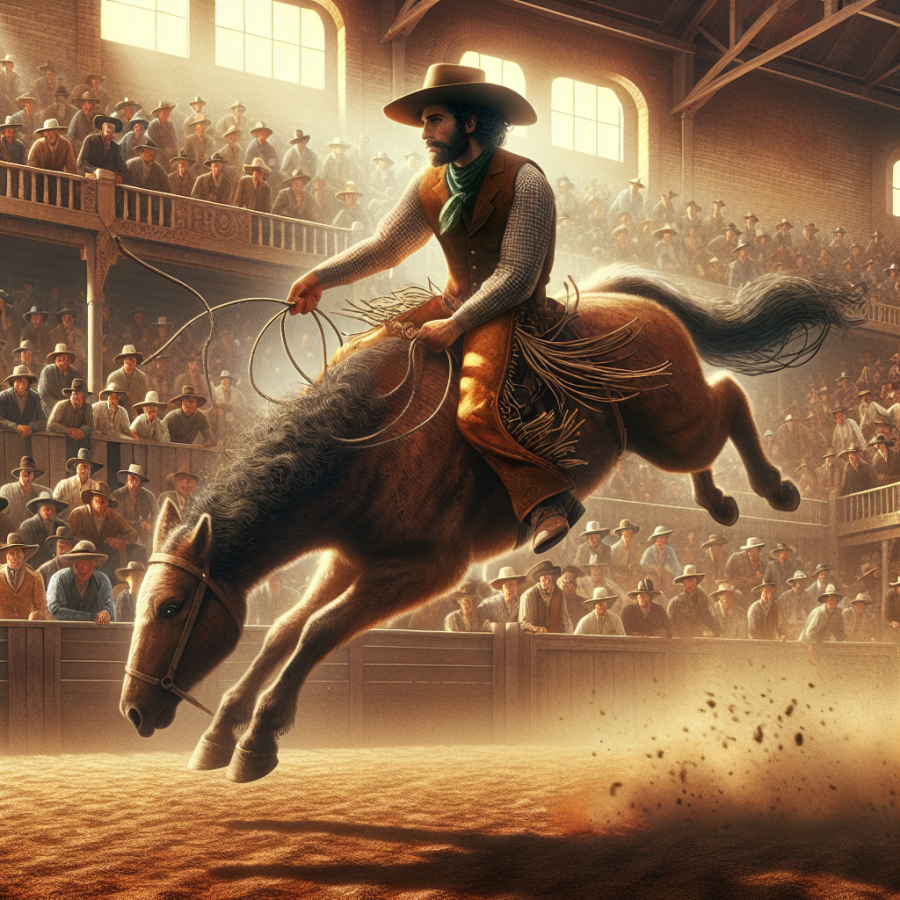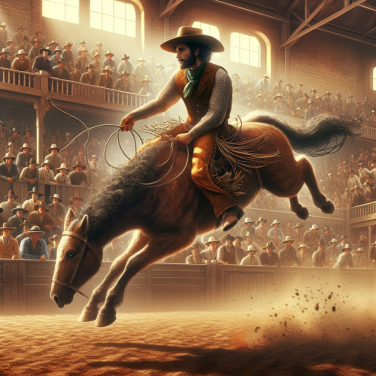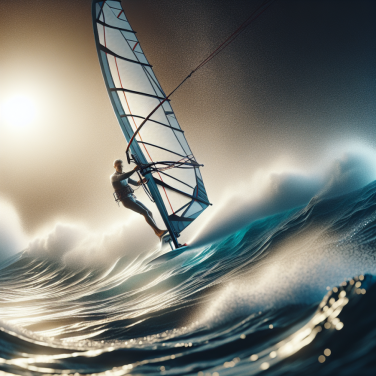The Wild West Legacy: Exploring the Origins of Rodeo Traditions
The Wild West holds a mythical place in the American imagination, a period marked by lawlessness, adventure, and the unyielding push toward an uncharted frontier. Rodeo, as we know it today, is a sport deeply embedded in the fabric of this romanticized era, and understanding its origins offers a fascinating glimpse into the ways in which the cowboy culture has shaped our current perceptions of masculinity, bravery, and Americana.
The rodeo's roots can be traced back to the working practices of cattle herding in Spain, Mexico, and later in the American West, where cattle-ranching traditions were inherited and adapted by the cowboys. These vaqueros, as they were known in Spanish, performed their daily tasks with such skillful horsemanship and cattle handling that they inevitably inspired competitive challenges.
As the 19th century progressed, the Westward expansion brought with it a plethora of ranches and the need for skilled cowboys. These individuals came from diverse backgrounds, encompassing European settlers, Native Americans, and former African-American slaves. Their confluence created a melting pot of skills, which culminated in informal contests of horse breaking, bull riding, and steer roping.
The transformation from work to sport began as contests of pride among cowboys on different ranches. By the 1860s, these challenges started to draw spectators, evolving into more organized events that included horse racing, and bronc riding. The inception of Wild West shows, most notably Buffalo Bill’s Wild West, gave an international audience a glamorous portrayal of these cowboy skills, further entrenching rodeo into the realm of entertainment.
The Clear Lake, Dakota Territory, event in 1882 is often cited as one of the first to charge admission, marking a critical turning point towards professional rodeo. These gatherings were not only competitive but also served as key social events, fostering community ties and a sense of shared heritage among participants and observers alike.
As the rodeo traditions gained momentum, rules and events began to formalize. The introduction of timed events and a point system brought a measure of objectivity to erstwhile subjective assessments of a cowboy's performance. Rodeos also began to incorporate trick riding, sharpshooting, and other skills that mirrored those that entertained the masses in Wild West shows. Legendary figures like Annie Oakley and Bill Pickett emerged, the latter profoundly influencing the sport by introducing the technique of bulldogging, now known as steer wrestling.
Read also:
Harnessing the Breeze: The Thrill of Wing Foiling
From Ranch Work to Arena Spectacle: The Evolution of Cowboy Competitions
Rodeo competitions, those thrilling spectacles of cowboy skill and courage, trace their roots back to the practical tasks of the cattle ranches of the old American West. The daily challenges faced by cowboys in managing cattle and horses formed the backbone of what would become a premier sporting event.
In the early days of ranch work, the tasks that cowboys performed were critical to the economic success of the ranch. Cattle had to be branded, herded, and sorted—a job that required significant skill on horseback. Roping and riding were practical skills used every day to treat and manage livestock. As ranching practices became more sophisticated, so too did the skills of the cowboy. They honed their abilities to a fine art, taking pride in their work and often engaging in friendly competition with one another to see who could perform these jobs the best.
It wasn't long before these informal contests evolved into organized events. Cowboys from different ranches would come together during downtime, especially following roundups and at county fairs, to prove their expertise and earn bragging rights. These gatherings laid the foundation for the more structured rodeo competitions, transforming the cowboy's everyday chores into tests of speed, strength, and agility that could be showcased for entertainment.
One of the earliest forms of cowboy competitions was the round-up, which made use of the large gatherings of cattle and cowhands. During these, the impromptu competition to break the wildest horses or catch the craftiest calves could attract a crowd of fellow cowboys and local spectators. The concept of timed events likely came from these moments, as cowboys pushed themselves to complete their tasks quickly and efficiently.
As the popularity of these events grew, the need for a dedicated space to hold them became apparent. This demand led to the development of rodeo arenas, where terraced seating allowed a larger number of spectators to enjoy the competition from a safe distance while getting an unobstructed view of the action. The arena became the stage, and the cowboys, the stars, performing in a range of events that mimicked the jobs they did on the ranch.
Initially, the atmosphere at these events was informal, with the focus remaining on the skills being demonstrated. However, as the crowds grew, so did the need for a more organized structure, leading to the establishment of rules and regulations to ensure fairness and safety for the competitors and the animals involved.




